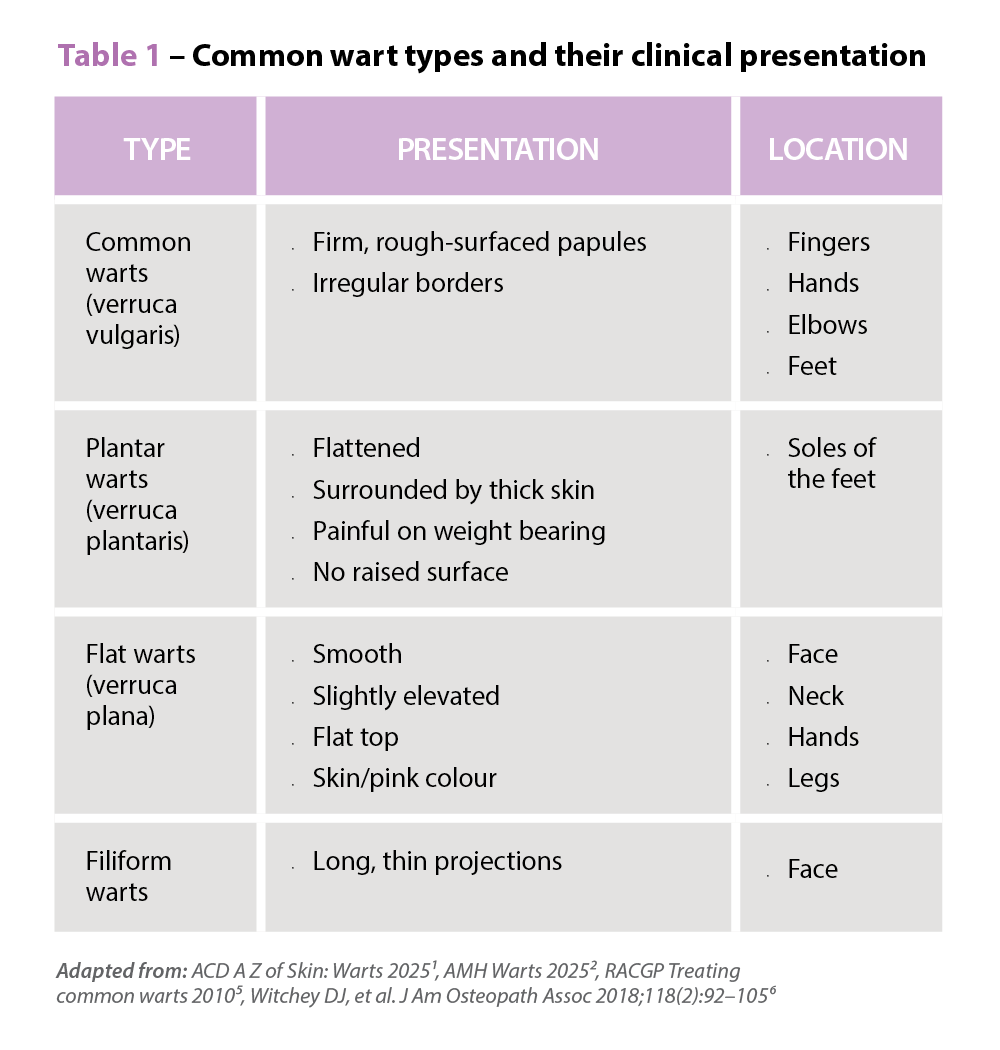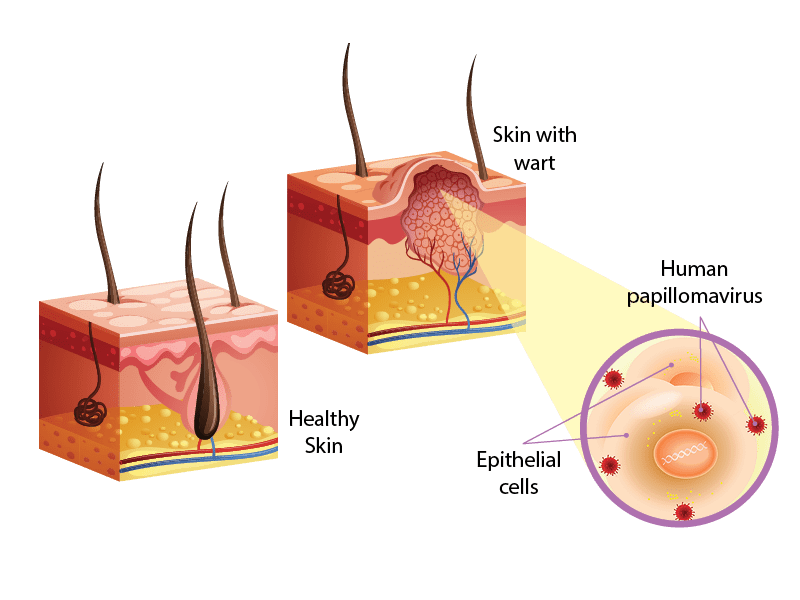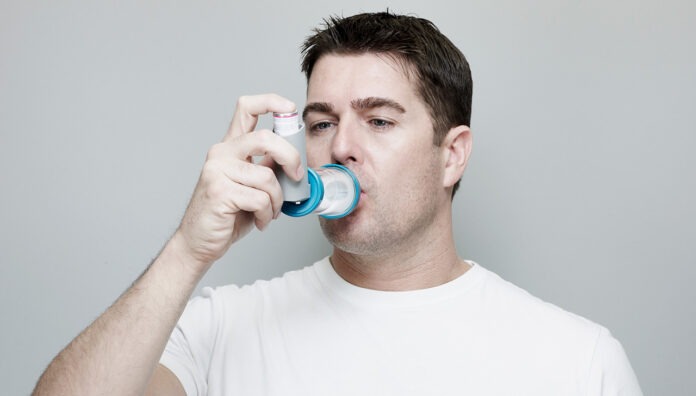Pharmacists are asked to lead the shift from reliever-only inhalers to inhaled corticosteroid-containing regimens and to minimise short courses of oral corticosteroids.
Just under 3 million Australians live with asthma. The condition has the eighth-highest disease burden in the nation, and it is one of the most significant chronic conditions in children.
Guided by the results of large trials, recommendations for asthma management in adults and adolescents are changing, and pharmacists need to be aware of updated guidelines. The Australian Asthma Handbook was updated yesterday (16 September 2025) to reflect new thinking on asthma care and management.
What are the key updates?
Three key changes have been made to the Australian Asthma Handbook, including:
-
- All adults and adolescents with confirmed asthma should be taking inhaled corticosteroid-containing treatment and not as-needed short-acting beta2-agonists (SABAs) alone. Asthma can be well controlled with maintenance and reliever therapy, and a small proportion of patients with severe asthma may be eligible for biologics.
- An emphasis on the importance of limiting oral corticosteroids, which have been associated with a range of different harms, including damage to bone health, cataracts and type 2 diabetes.
- Health professionals should be aware the handbook has greater guidance for treating children aged 1–5 who are living with asthma and a recommendation that some older children should also be on low-dosage ICS maintenance therapy.
Why have the guidelines been updated?
Overuse of SABAs has been linked to poor asthma control and preventable hospitalisations.
‘The evidence is that the risks of SABA alone have become clearer and that we were overusing a not very effective and not very safe therapy,’ said Professor Nick Zwar, Executive Dean of Bond University’s Faculty of Health Sciences and Medicine, and Chair of the Australian Asthma Handbook Guidelines Committee.
‘Budesonide-formoterol, taken only as needed, is recommended in place of SABA. Maintenance and reliever therapy is now recommended as the next step up.’
The risks of SABA overuse include a lack of bronchodilator response over time, and the possibility that some people may have quite a severe asthma attack and end up in the hospital emergency department (ED), or hospitalised, when they don’t need to be.
There is very strong evidence to demonstrate that all adolescents and adults living with asthma should be treated with ICS, said pharmacist and Clinical Executive Lead at the National Asthma Council Australia, Debbie Rigby FPS.
‘Just having the SABA alone only treats one component of asthma, which is the bronchoconstriction, whereas having the low-dose ICS helps manage the inflammation and mucus production,’ she said. ‘I think that’s the biggest shift for us, pharmacists and doctors: helping patients to understand that asthma is a chronic inflammatory condition.’
What are the risks of poor asthma control?
Inadequately managed asthma can be a life-threatening condition, Ms Rigby stressed, noting there were 474 asthma-related deaths in Australia in 2023.
‘Those deaths shouldn’t be happening. Many of those people who did die from asthma or asthma-related causes would have been perceived as having mild, intermittent symptoms,’ she said. ‘Without wanting to scare patients, we should be really highlighting the consequences of not having good control of their asthma.’
Why is SABA still overused?
Despite access to long-acting beta2 agonists (ICS–LABAs), SABA use remains high for a range of reasons. These include cost, convenience and patient reluctance to medicate every day when they are accustomed to using a reliever-only when they have an asthma attack, Ms Rigby said.
Health professionals understand that many people are reluctant to use a preventer inhaler, but health professionals need to help them understand that they have a ‘chronic inflammatory condition, which may flare up from time to time’.
Effects of the cost-of-living crisis should not be underestimated either. However, the price gap between over-the-counter salbutamol and prescription asthma medicines is now narrowing, with 60-day dispensing for patients who are stable and, from January 2026, the co-payment for medicines being reduced from $31.60 to $25 per prescription.
The Australian uptake of Maintenance and Reliever Therapy (MART) has also been slow, despite strong evidence and subsidy on the Pharmaceutical Benefits Scheme. The evidence of large-scale trials has shown the importance of shifting patients with mild asthma onto anti-inflammatory reliever therapy on an as-needed basis, Ms Rigby said.
‘The evidence basically says it reduces the risk of severe exacerbations requiring ED or hospitalisation, or requiring oral corticosteroids,’ she said.
For practical guidance on discussing the guideline changes with patients, the role of prescribing pharmacists, and how biologics fit into care, don’t miss the October cover story in Australian Pharmacist.




 Symptoms
Symptoms










